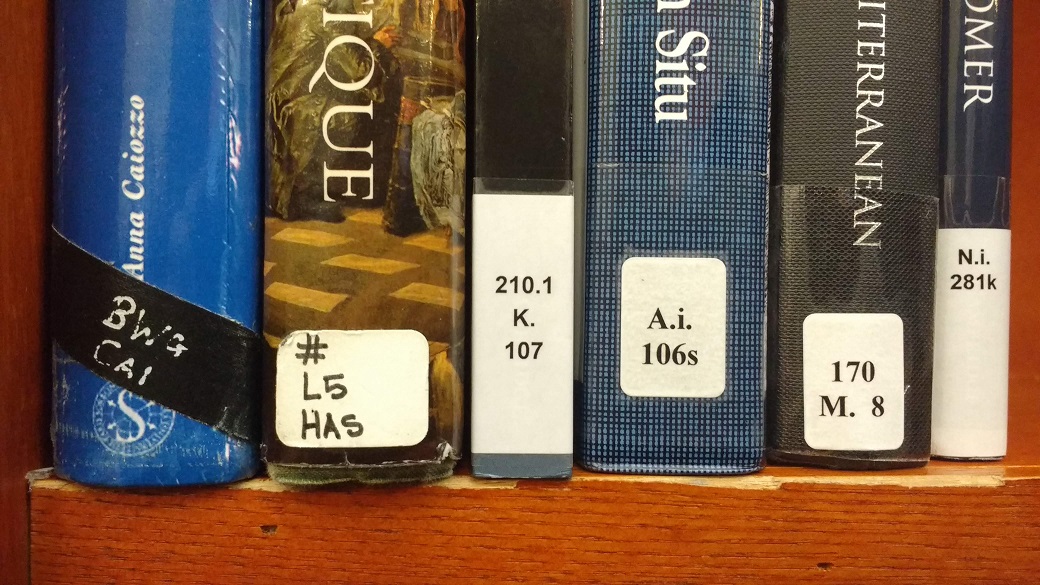
I joined the Sackler library in March 2018 as part of the evening and weekend team, following the introduction of Sunday opening hours in January 2018. My duties involve lodge and issue desk cover, shelving, book cleaning and checking reading lists against the online catalogue.
For me, this was a complete change in working environment and hours. My previous job, which I held for more years than I care to think about, was basically Monday to Friday 9am to 5pm. Setting out for work at a time I was previously thinking about going home, took some getting used to but this change, as they say, is as good as a rest.
During the induction to the library a colleague and I were given a tour and we were shown the smallest and largest books held in the Rare Book Room. The smallest, an Italian book about Roman architecture, although quite deep, didn’t appear to be much bigger than a large postage stamp. The largest, an art catalogue of the Hermitage in St Petersburg, is not just coffee table size; it could actually be a coffee table!
Probably the most satisfying part of working at the issue desk is helping readers to find the item they are looking for. Sometimes this is simply directing them to the right floor or shelving area, if they already know the shelf mark. At other times it involves searching SOLO, confirming the library that holds the item and its shelf mark there.

When I first started working at the library I thought I would never find my way around the dizzying range of classification systems used (Library of Congress and Dewey Decimal being just two). However, with the help of my other favourite part of the job (although at times it is never ending), shelving, I soon started to become familiar with the layout. I have also revived my rather rusty and very basic knowledge of Roman Numerals. A major achievement was when I directed a reader to the right part of the library without having to use the helpful floor plans (still needed for a couple of floors though).

The other thing you do notice about shelving is the higher the floor, the bigger the books, which is to be expected when those higher floors contain Eastern and Western art, and architecture (and some Eastern archaeology) books. Luckily for me there are plenty of kick stools and steps around the library for those top shelves.
I have also acquired some new skills working in the library, one of them being the correct way to clean books. I have to confess my books at home simply have a duster flicked over them occasionally.
The range of library users is diverse, which of course means a wide variety of queries, some very simple, some technical. Handling these queries is a great way to learn, especially when I can call on my more experienced colleagues for help.
Finally, in my previous job, I was very used to customers saying they had to leave shortly to pick up their children or catch a bus but until I started at the Sackler I had never had anyone ask for my help because they needed to leave the library within 20 minutes to catch a plane to Paris.
All in all joining the Sackler has been a very good move for me and I hope to spend more time learning about its collection and resources.
Frances Lear
Library Assistant, evenings and weekends

















